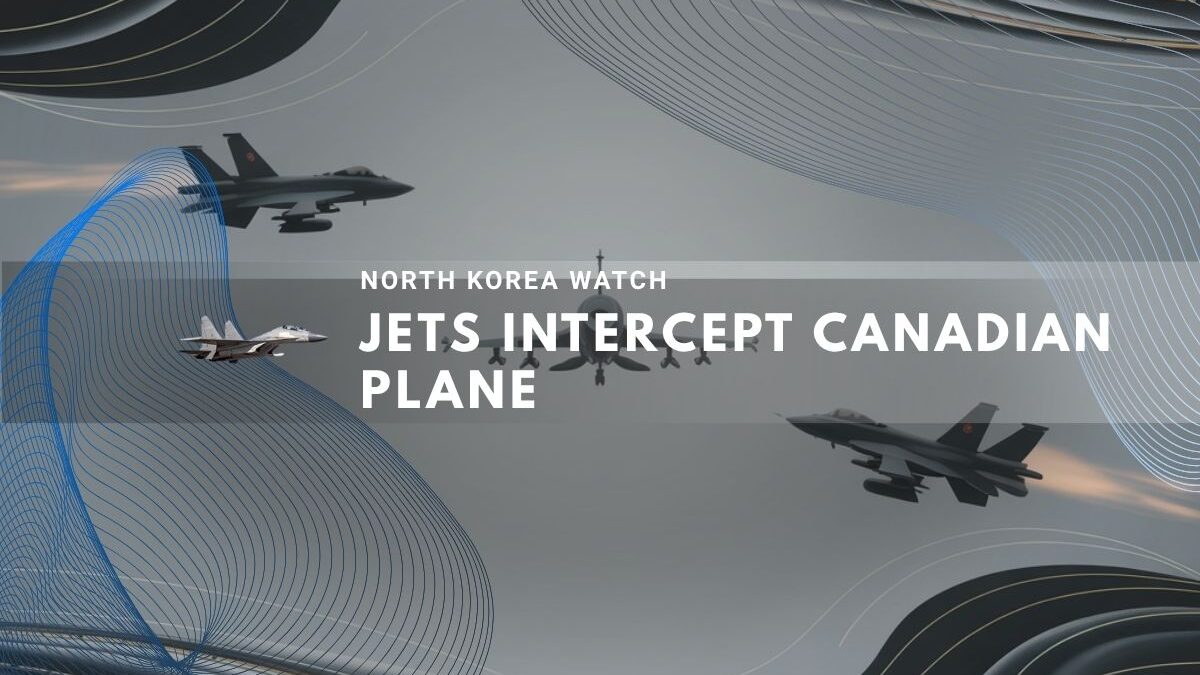In October 2025, Chinese military jets intercepted a Canadian CP-140 Aurora aircraft multiple times while it conducted surveillance over the East China Sea. The Royal Canadian Air Force plane was tracking North Korean vessels suspected of violating United Nations sanctions. CBS News was on board during the intercepts, which included a Chinese fighter jet armed with missiles approaching within 200 feet of the Canadian aircraft.[1][2]
Operation NEON Enforcement Mission
Operation NEON represents Canada’s contribution to multinational efforts enforcing United Nations Security Council sanctions against North Korea. Since 2018, Canadian forces have deployed CP-140 Aurora maritime patrol aircraft and warships to monitor vessels suspected of sanctions violations in the East China Sea. The mission focuses on documenting illicit ship-to-ship transfers of fuel and banned commodities that fund North Korea’s weapons programs.[1][3]
Intelligence Gathering Methods
The CP-140 Aurora uses radar, visual sensors, and onboard cameras to identify and photograph suspicious vessel activity. During missions, the aircraft flies as low as 300 feet above the sea to capture detailed images of vessels engaged in potential violations. Crews log hundreds of ships during each nine-hour flight, sharing intelligence with the United Nations Enforcement Coordination Cell. Suspect vessels often disable tracking transponders and falsify registration logs to avoid detection.[3][2]
Chinese Military Intercepts Canadian Aircraft
During the October 2025 mission, a Chinese supersonic fighter jet approached the Canadian Aurora and made radio contact with the captain. The Canadian pilot responded that the aircraft was operating in international airspace carrying out lawful duties. The Chinese jet shadowed the Aurora for approximately 30 minutes without verbal response.[1][2]
Hours later, a second Chinese fighter jet armed with missiles closed to within 200 feet of the Canadian plane, the closest approach recorded during this deployment. After completing the nine-hour intelligence gathering mission, the Aurora returned safely to Kadena Air Base in Okinawa, Japan. Similar intercepts occurred in June 2022, with Chinese pilots coming close enough to make eye contact with Canadian crews.[2][3]
Regional Security and Sanctions Context
The intercepts highlight Beijing’s protective stance toward its regional interests and its support for North Korea.
- Operation NEON involves 11 nations including Australia, France, Germany, Italy, Japan, Netherlands, New Zealand, South Korea, United Kingdom, and United States[3]
- North Korea continues expanding its nuclear arsenal with an estimated 50 warheads[1]
- The East China Sea hosts one of the world’s busiest shipping routes spanning hundreds of thousands of square kilometers[3]
- China and Russia have opposed strict sanctions enforcement at the United Nations Security Council[1]
- UN resolutions authorize inspection of ships transporting banned items including natural gas and textiles[2]
- Canadian forces deployed frigates and surveillance aircraft specifically for this sanctions enforcement mission[2]
- Suspect ships hide by pretending to be normal vessels in the high-density shipping environment[3]
- The Aurora platform is typically used for anti-submarine warfare but adapted for intelligence gathering[3]
Canadian officials emphasize the mission’s critical importance for Indo-Pacific security and upholding international law. The close intercepts demonstrate the operational risks faced by crews enforcing sanctions against North Korea, as Beijing continues to provide economic support that undermines the global sanctions regime.[1][2][3]



